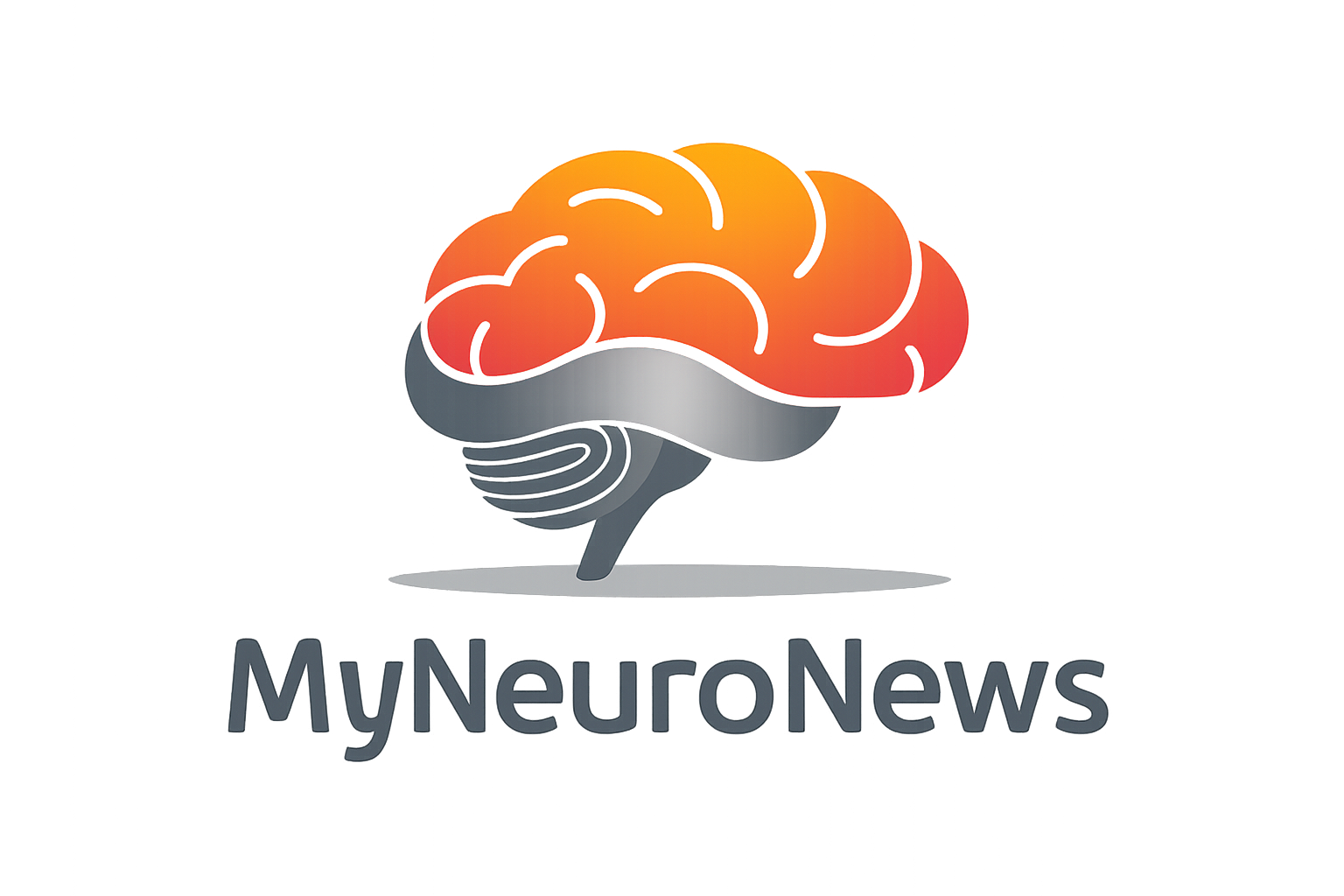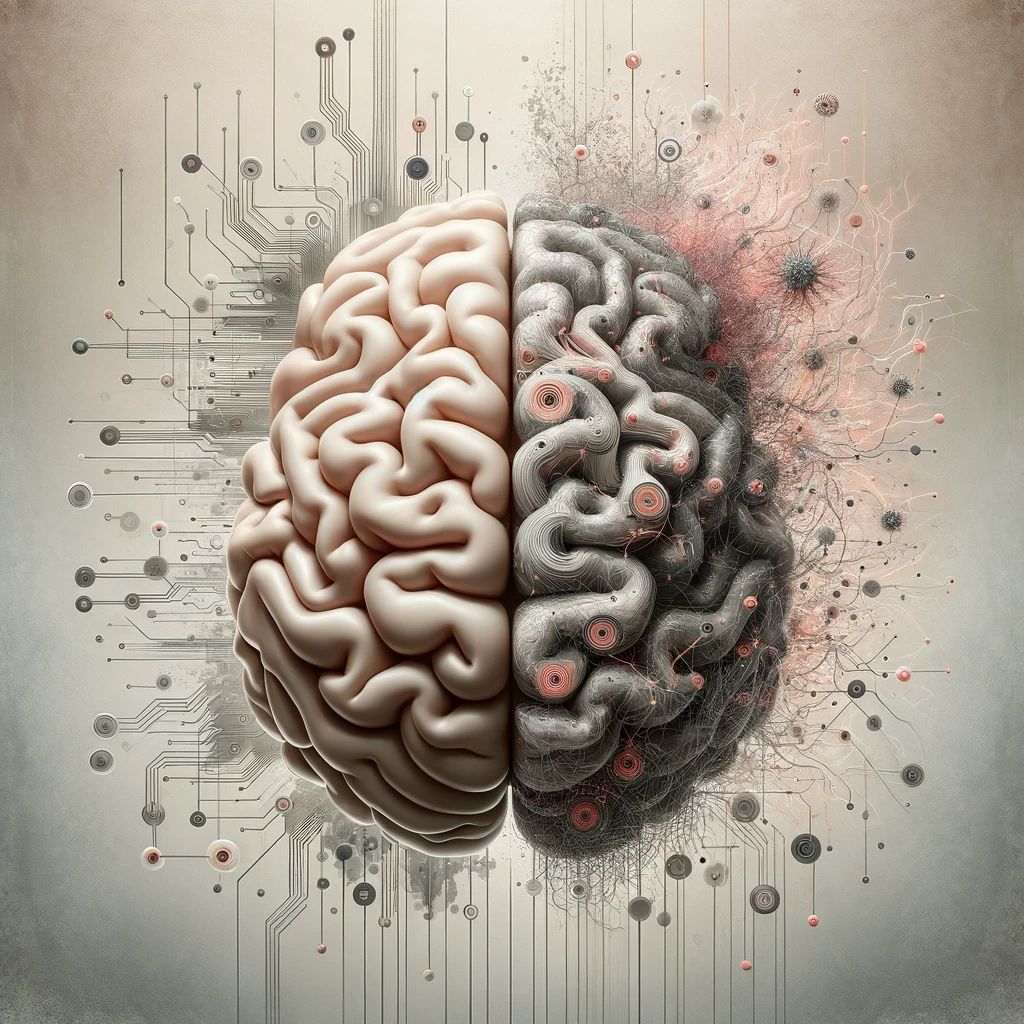Introduction
Functional Movement Disorder (FMD) is a neurological condition where patients experience abnormal movements, such as tremors, jerks, or weakness, that appear involuntary but occur in the absence of structural damage to the nervous system. Unlike typical neurological disorders caused by neurodegeneration or trauma, FMD is believed to be driven by dysfunction in how the brain processes motor commands, emotions, and sensory inputs.
FMD resides at the intersection of neurology and psychiatry, making its understanding complex. It challenges traditional views on how voluntary movement and self-agency are controlled by the brain. Recent research has begun to shed light on the pathophysiology of FMD, highlighting the involvement of disrupted brain networks related to self-agency, emotion regulation, and motor control.
The Role of Self-Agency in FMD
One of the hallmark features of FMD is the loss of self-agency — the sense that one controls their own movements. In patients with FMD, movements are perceived as involuntary, despite the absence of neurological damage. Self-agency is a critical concept in understanding FMD because it explains why patients experience their movements as being outside of their control.
Research points to the right temporoparietal junction (TPJ) as a key region implicated in this loss of agency. The TPJ is responsible for integrating sensory and motor information, allowing an individual to recognize their movements as self-generated. In FMD, this integration process is disrupted. For example, in studies of patients who can voluntarily mimic their tremors, functional neuroimaging showed reduced activity in the TPJ when the tremor was perceived as involuntary. This suggests that the brain does not fully recognize these movements as self-generated, leading to a mismatch between intent and action.
This disruption of self-agency likely explains why patients feel disconnected from their movements, even though these movements are, in a physiological sense, under voluntary control.
Abnormal Emotion Processing in FMD
Another critical aspect of FMD pathophysiology is the abnormal processing of emotions. The limbic system, particularly the amygdala, plays a pivotal role in regulating emotions and their influence on motor functions. In FMD patients, there is evidence of overactivity in the amygdala, particularly during emotionally stressful situations.
Studies using functional MRI (fMRI) have shown that the amygdala’s heightened activity is linked to increased connectivity with motor regions like the supplementary motor area (SMA). This abnormal interaction between the emotional centers and motor networks can lead to the manifestation of involuntary movements. In some patients, heightened emotional arousal — even in response to non-threatening stimuli — can exacerbate motor symptoms, suggesting a strong link between emotional dysregulation and motor output.
Furthermore, this overactivity in the amygdala correlates with impaired habituation to emotional stimuli. In other words, FMD patients have a heightened and sustained emotional response, which fails to diminish over time, making it difficult for them to regulate their emotional state. This constant emotional hyperactivation may trigger or worsen the motor symptoms observed in FMD.
The Role of Feedforward Signaling and Sensory Gating
In a healthy individual, the brain uses feedforward signaling to predict the sensory consequences of voluntary movements and to suppress unnecessary sensory feedback. This process is known as sensory gating. However, in patients with FMD, this mechanism is impaired. Studies show that during movement, FMD patients exhibit reduced sensory gating, meaning their brain fails to suppress the sensory feedback associated with self-generated actions.
This failure in sensory gating leads to an abnormal sensory experience, where patients may perceive their movements as external or involuntary. This explains why patients with FMD report that their movements feel as though they are happening to them rather than being under their control.
In addition to sensory gating issues, transcranial magnetic stimulation (TMS) studies show that motor cortex excitability in FMD patients is abnormal. For instance, when patients think about moving a muscle, the usual increase in motor cortex activity seen in healthy individuals is absent. Instead, there is a paradoxical decrease in motor cortex activity, further suggesting a disruption in the brain’s normal motor control pathways.
Predictive Coding and Active Inference in FMD
One of the most compelling models to explain FMD is the predictive coding framework. In this model, the brain constantly makes predictions about sensory input and compares these predictions with the actual sensory feedback. When there is a mismatch between what is predicted and what is experienced (known as a prediction error), the brain adjusts its model to reduce the discrepancy.
In FMD, however, this updating process is impaired. The brain continues to hold on to incorrect predictions, even when sensory feedback suggests otherwise. This can lead to a persistent belief that certain movements are involuntary, even though the brain is capable of voluntary control. This mismatch between the brain’s predictions and actual motor output perpetuates the sense of involuntary movement.
Another related concept is active inference, where the brain actively generates movements to align sensory feedback with its predictions. In FMD, patients may unconsciously generate movements that align with their belief that they are not in control of their bodies. This process occurs outside of conscious awareness, reinforcing the patient’s belief in the involuntary nature of their symptoms.
Multinetwork Dysfunction in FMD
FMD is increasingly recognized as a multinetwork brain disorder, involving disruptions across several brain circuits:
1. Salience Network: This network, which includes regions like the anterior insula and anterior cingulate cortex, is responsible for detecting and prioritizing emotionally salient stimuli. In FMD, overactivity in the salience network leads to an exaggerated response to emotional and interoceptive stimuli, which may drive the motor symptoms.
2. Motor Control Network: Dysfunction in areas such as the primary motor cortex (M1) and supplementary motor area (SMA) results in impaired motor preparation and execution. Despite this, basic motor pathways remain intact, as shown by normal responses to motor-evoked potentials (MEPs) during TMS studies.
3. Agency Network: The temporoparietal junction (TPJ), which integrates sensory information and contributes to the sense of self-agency, shows reduced connectivity with motor areas. This abnormal communication may underlie the loss of agency experienced by FMD patients.
Implications for Treatment
Understanding the pathophysiology of FMD provides valuable insights into potential treatment strategies. Since FMD involves disruptions in multiple brain networks, treatments must address both the emotional and cognitive aspects of the disorder, as well as motor dysfunction.
1. Cognitive-Behavioral Therapy (CBT): CBT can help patients modify maladaptive beliefs about their symptoms and restore a sense of control over their movements. By addressing predictive coding errors, CBT may help patients realign their sensory experiences with their motor actions.
2. Physiotherapy: Targeted motor retraining can help patients relearn normal movement patterns and reduce the impact of abnormal motor programs. Physiotherapy that incorporates psychological support can be especially effective in restoring functional movement.
3. Emotion Regulation Therapy: Given the role of emotion processing in FMD, therapies that focus on improving emotional regulation, such as mindfulness or exposure therapy, can help patients manage emotional triggers that exacerbate their symptoms.
4. Neuromodulation: Techniques like transcranial magnetic stimulation (TMS) may be useful in modulating abnormal brain activity in regions involved in motor control and self-agency. However, more research is needed to determine the efficacy of neuromodulation in FMD treatment.
Conclusion
Functional Movement Disorder is a complex condition that involves disruptions across multiple brain networks, particularly those responsible for motor control, self-agency, and emotion regulation. While FMD symptoms may appear similar to those caused by neurological damage, the underlying mechanisms are entirely different, involving dysfunction in how the brain integrates motor commands, sensory feedback, and emotional states.
Advances in neuroimaging and neurophysiological research are providing new insights into the pathophysiology of FMD, paving the way for more effective, multidisciplinary treatment approaches. By addressing the cognitive, emotional, and motor aspects of the disorder, clinicians can help patients regain control over their movements and improve their quality of life.
This comprehensive overview will serve as an informative and accessible piece for your website, offering insights into the latest research on FMD. Let me know if you’d like to add more specific sections or further details!

